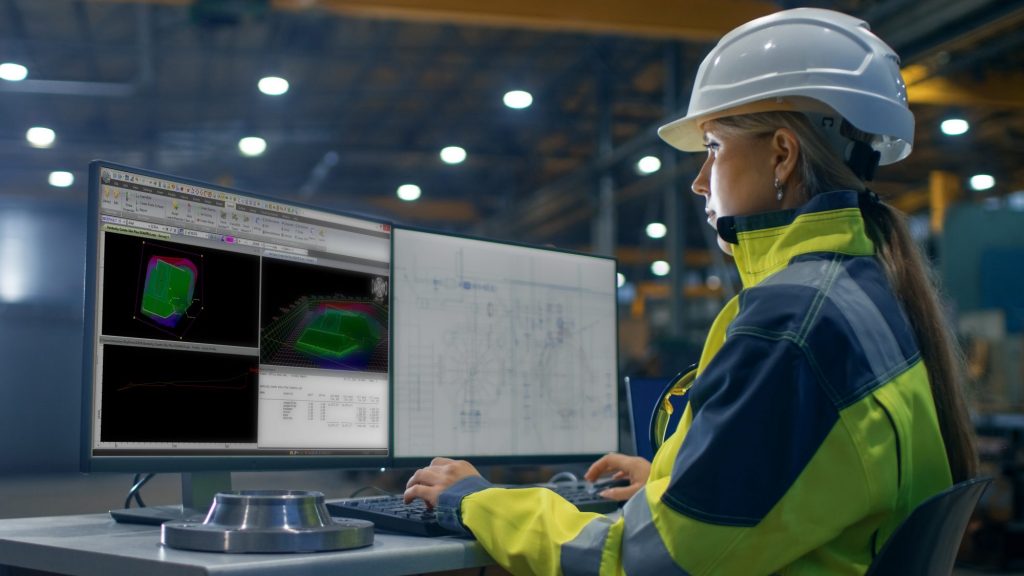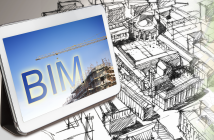Supply chain disruption and rising material costs are putting additional pressure on construction firms already stretched thin, with many now turning to digital solutions, says Payapps Chief Operating Officer Tony Simonsen

According to the latest New Zealand Core Logic data, construction costs in New Zealand have increased by 6.2 percent last year, largely due to rising commodity and raw material prices.
Raw material shortages have meant continual price adjustments and ultimately price increases, making it difficult to accurately budget both time needed and material costs of a job. Particularly when you factor in cost pressures in other areas including labour costs and equipment hire.
Escalating prices: The numbers speak for themselves
Highlighting this issue, the global consultancy firm Rider Levett Bucknall released a forecast of construction cost increases for capital and regional cities around Australia in 2022. The projections are that costs will increase by 2.5% in Darwin; 3% in Adelaide, Melbourne and Townsville; 4.5% in Perth; 5% in Brisbane and Gold Coast; and 5.6% in Sydney.
In New Zealand, CoreLogic predicts that construction prices could grow by double digits this year as they continue to rise at the quickest rate in over four years.
Interest.co.nz analysed Stats NZ’s building consent figures and found that average residential building costs rose 4.3% over 12 months to the end of September 2021, and the cost of some types of dwelling increasing by up to 8.0%. That equates to an average construction cost of $2,484 per square metre for a new dwelling, up from $2391 in the 2020 September quarter. Based on the average size of 152 square metres, that’s an additional $5,621 per dwelling.
These numbers provide an indication of the challenges our construction companies and contractors are facing, and it still doesn’t include rapidly growing and exorbitant shipping costs and the fallout of month-long delays.
Digitisation in construction: A landscape of change
Our recent Frost & Sullivan study on digital transformation within construction flagged supply chain issues as one of the top roadblocks for construction firms. Of the respondents, 55% cited supply chain transformations as the top shift impacting workplaces of the future in A/NZ.
However, our whitepaper also highlighted that digitisation and the adoption of technology tools presents a possible solution. Real-time collaboration, the ability to manage and track key tasks, and having a centralised platform with a single source of truth can help to develop the relationship between head and sub-contractors and bring together a fragmented environment.
If you ask an average person to imagine a typical construction worker, they’ll probably think of a male in work pants, boots, a high visibility vest and helmet. But the face of the construction industry is changing.
For one, more than 40% of our users are female. We’re also seeing the next generation of leaders coming through. For a long time, construction firms have been led by their founders, but now those with fresh ideas and approaches are stepping into leadership positions.
While it’s important to not lose the momentum we have built up over time, it’s crucial to embrace the new, to be open to the power of digital tools, and the new thinking that comes along with that.
On top of this, most organisations are small – they might have under 10 people in their team, not 50 or 100. These factors also lend themselves to tools that will help people become more effective and efficient, and better engage with all stakeholders. In this scenario technology becomes an obvious choice.
Organisations may not think they are engaged in digital transformation, but in fact they do have some form of construction management platform, whether that’s around estimation, project management, or financial aid. And that’s across all sizes of organisation.
In beginning to recognise these tools and actively adopt more, leaders can create more efficiencies and help teams to meet ongoing, and at times severe, challenges.
Using technology to improve efficiencies and clarity around progress claims, which has long been a manual process, has become a critical piece in reducing complexity for both builder and subcontractor, enabling them to have live, collaborative documents that can be adapted and changed to match their activities, costs and work within a contract. This is even more important as prices and projects are changing so rapidly.
In this instance, digitisation also becomes about lowering the cost of doing business and increasing satisfaction with subcontractors.
In moving from manual to automated processes, you create a cost efficiency opportunity. It helps contractors to deliver on what is promised each time and reduce risk of misinformation or miscalculation.
Giving people the best chance of being paid the right amount at the right time will keep all parties happy and in the know of what’s going on.
Knowledge is power, especially when we’re faced with difficulties around price increases, delays in projects and changing teams.
What gives us a sense of optimism within the construction industry, despite the current landscape, is to see organisations that are moving into a new phase of growth and adopting digital tools and technologies to drive greater efficiencies, collaboration and risk mitigation.
Payapps | Construction Software for Managing Progress Claims








